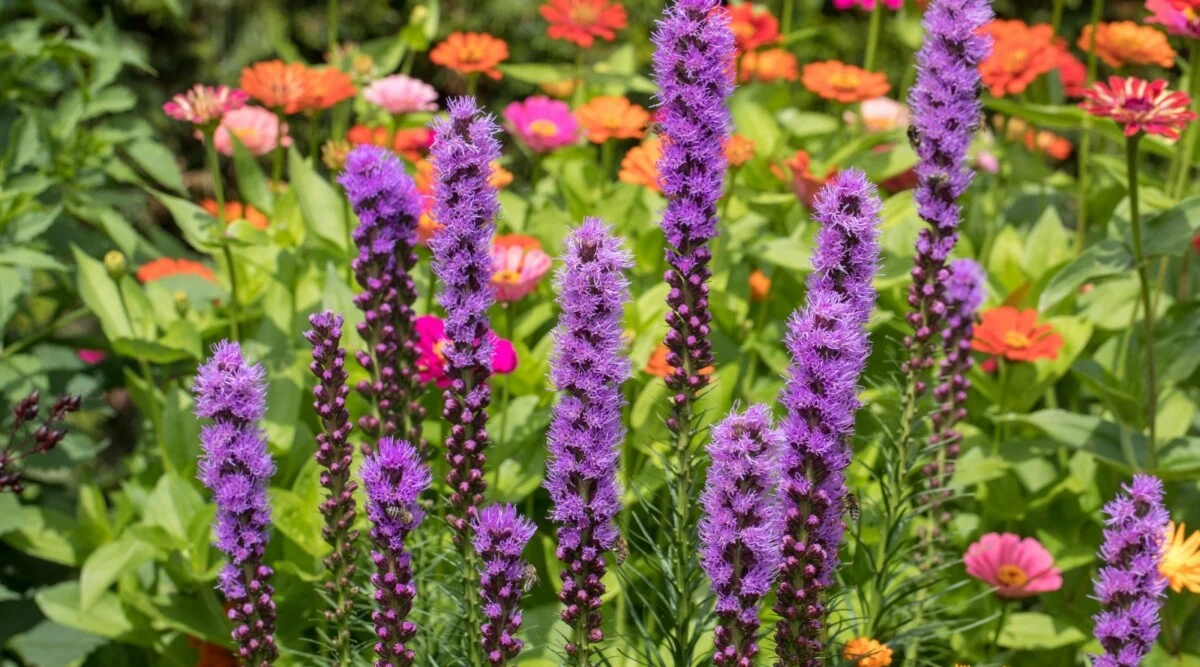Extending the blooming season in your flower garden can transform your outdoor space into a vibrant display of colors throughout the year. If you’re looking for expert advice, gardening services in Hamptons can provide personalized recommendations. However, you can also achieve a prolonged blooming season by using a variety of strategies and techniques. Here’s how you can make the most of your garden and keep it in bloom for as long as possible.
Plan for Continuous Blooms
Choose a Variety of Plants
Selecting a diverse range of plants is key to ensuring that your garden has something in bloom at all times:
- Early Bloomers: Start with flowers that bloom early in the spring, such as tulips and daffodils. These plants bring color to your garden as the cold weather fades.
- Mid-Season Blooms: Incorporate plants that flower in the summer, like coneflowers and daylilies. These will keep your garden vibrant during the warmer months.
- Late Bloomers: Add flowers that bloom in the fall, such as chrysanthemums and asters. These will ensure that your garden remains colorful even as the weather cools.
Plan for Overlapping Bloom Times
To extend the blooming period, choose plants with overlapping blooming times:
- Staggered Planting: Plant species with staggered blooming periods. For example, plant early bloomers alongside mid-season and late bloomers to ensure continuous color.
- Companion Planting: Combine plants with complementary blooming schedules to maximize visual interest throughout the growing season.
Use Seasonal Techniques
Deadheading
Regular deadheading is crucial for extending the blooming period of many flowers:
- What It Is: Deadheading involves removing spent flowers from the plant. This encourages the plant to produce new blooms rather than focusing on seed production.
- How to Do It: Use clean, sharp scissors or pruning shears to snip off dead flowers. This should be done regularly to maintain the plant’s health and encourage more blooms.
Pruning
Pruning can help prolong the blooming season for certain plants:
- When to Prune: Prune plants after their initial bloom to encourage a second round of flowers. For example, many flowering shrubs and perennials benefit from a light pruning after their first bloom.
- How to Prune: Remove old stems and dead or damaged parts of the plant. This will promote new growth and potentially more flowers.
Fertilizing
Proper fertilization supports healthy growth and prolonged blooming:
- Types of Fertilizers: Use a balanced fertilizer to provide essential nutrients. Fertilizers with higher phosphorus content can help boost flowering.
- Application: Follow the instructions on the fertilizer package for application rates and frequency. Over-fertilizing can be harmful, so stick to recommended guidelines.
Utilize Planting Strategies
Container Gardening
Using containers can extend the blooming season by allowing you to move plants to optimal locations:
- Winter Protection: In colder climates, move containers to sheltered spots during winter to protect plants from frost and extend their growing season.
- Seasonal Rotation: Rotate plants in containers to showcase seasonal varieties and keep your garden looking fresh throughout the year.
Layering Plants
Layering plants in your garden beds can help create a visually appealing and continuously blooming space:
- Plant Heights: Use a mix of tall, mid-height, and low-growing plants. This not only adds depth but also allows for a variety of blooming times and colors.
- Layering Technique: Place shorter plants in the front and taller plants at the back of the garden bed. This helps ensure that all plants receive adequate sunlight and adds visual interest.
Extend the Growing Season
Use Season Extenders
Season extenders can help prolong the blooming period and protect plants from extreme weather:
- Row Covers: Lightweight row covers can provide some protection from frost and extend the growing season for early and late-season flowers.
- Cold Frames: Cold frames are small, enclosed structures that trap heat and protect plants from cold temperatures, allowing for a longer growing season.
Grow Hardy Varieties
Select hardy flower varieties that can withstand cooler temperatures and continue blooming later into the season:
- Perennials: Many perennials are hardy and can continue to bloom into the fall. Examples include sedums and hellebores.
- Winter-Blooming Flowers: Some flowers are specifically bred to bloom in winter conditions. Consider incorporating varieties like winter jasmine for added winter interest.
Regular Maintenance
Monitor for Pests and Diseases
Healthy plants are more likely to produce continuous blooms:
- Pest Control: Keep an eye out for pests such as aphids or slugs that can damage plants. Use natural pest control methods or appropriate treatments as needed.
- Disease Management: Watch for signs of diseases like powdery mildew or rust. Proper spacing, good air circulation, and timely removal of infected plants can help manage disease issues.
Mulching
Mulching helps retain soil moisture and regulate temperature, supporting extended blooming:
- Benefits: Mulch keeps the soil moist and helps regulate temperature fluctuations, which can extend the blooming period for many plants.
- Types of Mulch: Organic mulches like wood chips or straw are effective and add nutrients to the soil as they decompose.
Conclusion
Extending the blooming season in your flower garden involves a combination of careful planning, proper plant selection, and regular maintenance. By choosing a variety of flowers with different blooming times, using seasonal techniques, and employing effective planting strategies, you can keep your garden vibrant and colorful throughout the year. With a bit of effort and attention, you can enjoy a stunning display of flowers from spring through fall and beyond.




